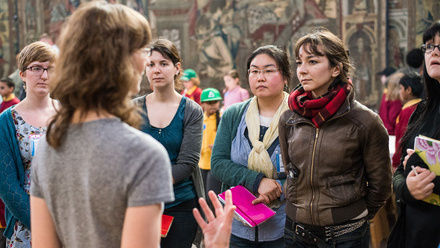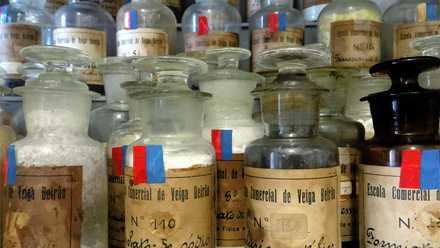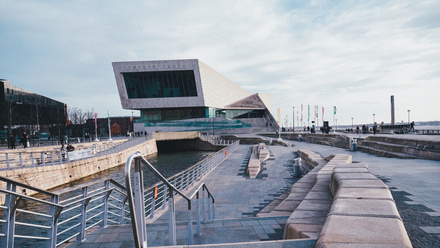The Institute of Conservation’s Dynamic Objects Network series of open-to-all, free-to-attend, on-line short talks.
These regular events will bring together professional conservators, practitioners, industry professionals and academics to discuss projects and case-study objects from the world of things that move!
The series continues on Monday 10 May 2021 at 18.00 - 19.30 BST with four short talks on clocks, mechanical music, collections, use of Arduino®
Agenda:
The challenge of maintaining clocks in a working institution by Fjodor van den Broek
What are some of the challenges involved in keeping a large collection of clocks running full-time and what are the differences between caring for a working collection or a static collection of dynamic objects?
The church tower carillion at St Michael’s, Framlingham by Ken Cobb
How do you evaluate value of a project and gauge local interest and participation as part of initial approaches?
What is an Arduino and how can it be used in the context of dynamic object conservation? by Daniela Corda
This 10-minute talk will introduce the basic principles of physical computing; Introducing the hardware and software capabilities of the Arduino platform.
The talk will illustrate some of the potential uses for this microcontroller in relation to the conservation of dynamic objects, using past projects to demonstrate applications.
The final part of the talk will consider conservation ethics and ideas surrounding ‘authenticity’, asking whether it is viable to use Arduino technology in conjunction with historic objects.
A difficult patient: treating an object when damage informs its significance by Dale Sardeson
A case study of recent work on a 30-hour duration long case clock that narrowly survived the blitz, and had been run for the last 30 years without any attention. He will talk about some of the conservation decisions he made in light of the clock’s history - and some he wishes he hadn’t!
About the Dynamic Objects Network
From instruments to industrial machines, cultural, technical and social values of dynamic objects evolve and change from their time of production until they reach a status of historical object. The Icon Dynamic Objects Network was initiated by conservators of horological objects, with the aim of involving others in the care, maintenance and conservation-restoration of all types of mechanical device meant to have or have had moving parts.



